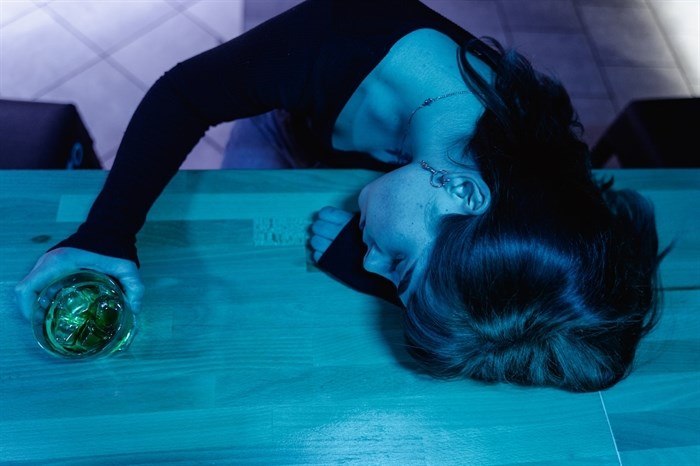
Image Credit: Pexels/Mart Production
November 06, 2022 - 3:31 PM
Politicians have been calling for more detox and rehab facilities in Kamloops and the Okanagan for years in hopes of curtailing rampant crime that’s often fuelled by the need to feed a habit.
And it’s been well known that, when a person is ready to detox, they need help right away, not in a week or two or more when a bed opens up.
“Substance use services, in general, have not been invested in over the years,” Corinne Dolman, manager for substance use services for Interior Health, told iNFOnews.ca. “But we are seeing some significant investments. We should see some significant improvements in wait times.”
In cities like Kamloops and Kelowna, it can take one to two weeks to get into a detox bed whereas some communities in the region, such as Castlegar, don’t fill their available beds.
READ MORE: Dozens of recommendations in overdose and drug toxicity report by B.C. MLAs
New “outpatient withdrawal management services” have been added to the mix since many people can detox at home.
“It’s a bit false that everybody needs to go to a facility for treatment,” Dolman said. “We actually really encourage people to try the least intrusive treatment so, outpatient counselling. Or, Kelowna and Kamloops both have intensive day treatment programs. If you have a stable place that you’re residing in, then you can actually go in and participate in a day treatment group and you don’t have to go to a facility.”
Even people going through the physical withdrawal from alcohol or certain drugs can do that at home if they have help not only in the home but also from doctors prescribing needed medications and nurses being on call.
For those withdrawing on opioids, a safe substitute can be prescribed that allows the users to stabilize without having the check into a facility.
The province has added 22 “substance use” beds in the Interior this year, not all of which are open yet. That includes, for example, eight at The Bridge Youth and Family Services in Kelowna. That will allow them to run men’s and women’s programs at the same time instead of having them staggered by gender every few weeks.
“Hopefully, with the new investments across the province, the need to go into a private facility and pay thousands and thousands of dollars will reduce significantly,” Dolman said. “It’s a complex condition. Some people are desperate and families are desperate and they want help for their loved ones. But, I don’t think you would see any better success with going to expensive private treatments than you do with government funded ones.”
As of June, there were 3,272 publicly funded adult and youth “community substance use beds” in B.C. Sheila Malcolmson, Minister of Mental Health and Addictions, told iNFOnews.ca in an email.
Of those, 269 were in the Interior.
B.C. also focuses on harm reduction to provide safe injection sites and opioid substitutes as part of the “continuum of care.”
“Harm reduction is really about meeting them where they’re at and not leaving them there but supporting them to move along the continuum with the intention of providing people with substances that are not toxic,” Dolman said. “It’s not to treat them. It’s to stop them from dying so that, once they’re ready for treatment, they’ll be alive and be able to access those services.”
In all of this, measuring success is very difficult.
While it’s relatively easy to track the number of people who complete a program, following up on how they’re doing a year or two down the road is the kind of data that is, just now, starting to be collected.
And, while things like 12-step programs often focus on sobriety as a measure, Interior Health does not use any 12-step measurements.
“Sobriety is a very narrow definition of success,” Dolman said. “If somebody goes to treatment and they’re healthy and their relationships improve but they’re still using some substance but in a manner that is more conducive to a healthy lifestyle, then I would think we would call that success.”
While some beds and outpatient services are being added, Dolman doesn’t know of any plans for more in the future. Those will likely be needed.
“I do think it’s definitely improving,” she said. “It’s much better than not seeing any investments but, we really need to be making some pretty significant investments over a long period of time if we want to get on top of this.”
For more information on treatment options through Interior Health, go here.
To contact a reporter for this story, email Rob Munro or call 250-808-0143 or email the editor. You can also submit photos, videos or news tips to the newsroom and be entered to win a monthly prize draw.
We welcome your comments and opinions on our stories but play nice. We won't censor or delete comments unless they contain off-topic statements or links, unnecessary vulgarity, false facts, spam or obviously fake profiles. If you have any concerns about what you see in comments, email the editor in the link above.
News from © iNFOnews, 2022